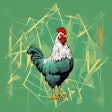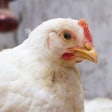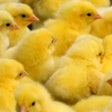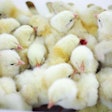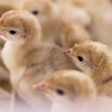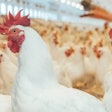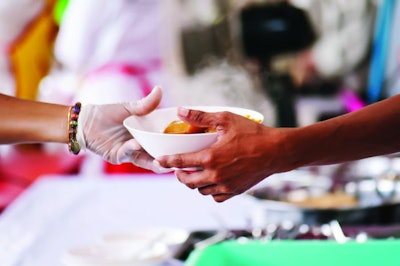
Today’s widespread challenges are disruptive not only to poultry production but to virtually every aspect of life. Skyrocketing consumer prices and supply chain instability have impacted food security, and more vulnerable economies are perhaps hit the hardest.
Inflation has put beef and pork out of reach for many, especially in developing countries. Because of chicken’s affordability and versatility, its consumption is expected to double compared to the amount eaten in 1999. According to Food and Agriculture Organization forecasts, by 2030, chicken will account for 41% of all meat eaten globally.
To meet an ever-growing need, we must apply innovative strategies and work together as an international community to ensure the widespread availability of a sustainable and valuable food source.
Building block of health
Protein supports growth, development and immune health and is critical to sustain health generally, especially in the developing bodies of young children. It protects against illness and helps keep immune systems strong. Sadly, it has been proven that household food insecurity can lead to chronic illness for families.
Chicken plays a vital role in fulfilling the daily protein requirements of people everywhere. Its affordability and absence of cultural or religious taboos has elevated it to the world’s favorite protein.
Perhaps at the top of the list for supply chain security are animal welfare and biosecurity. Well-cared-for birds are more robust and resistant to disease, which can cripple a supply chain. Animal welfare is advanced through poultry genetics, and is further fortified by strict biosecurity, good veterinary care and management.
Biosecurity is key, and the highest standards must guide anyone coming into contact with birds. Additionally, compartmentalization is a tried-and-tested tool of the trade. Shipping chicks from certified biosecure compartments has consistently proven effective during times of disease outbreak.
New technologies champion production
Chicken is the fastest growing of all livestock species, and with ever-lower feed conversion ratios, production can be easily scaled to meet demand. Improving scalability further still are the smart people, tools and technologies our industry has and will continue to need.
At the breeding level, we have continually innovated our selection to promote health, welfare, performance and efficiency. And at the farm level, breeders and producers are using smart technology to achieve optimum environments for birds to boost feed and processing efficiencies.
Breeding progress, combined with technological efficiencies, will help meet the nutrition needs of a projected 10 billion people by 2057. These advances increase producers’ economic sustainability and make poultry a value proposition for entrepreneurs in developing countries.
Tools of the trade
Poultry production in today’s turbulent world requires us all be prepared for the unexpected. We must employ multiple strategies. Parallel breeding programs on different continents, as well as multiple strategic production bases around the world, are the foundation of a fortified supply network.
The final essential ingredient for a healthy supply chain is open communication and transparency across borders and between governments and industry. All members of the industry must come together to protect their interests, ensuring that a vital source of protein successfully journeys from poultry breeding farms to producers to families around the world.


.jpg?auto=format%2Ccompress&fit=crop&h=167&q=70&w=250)

